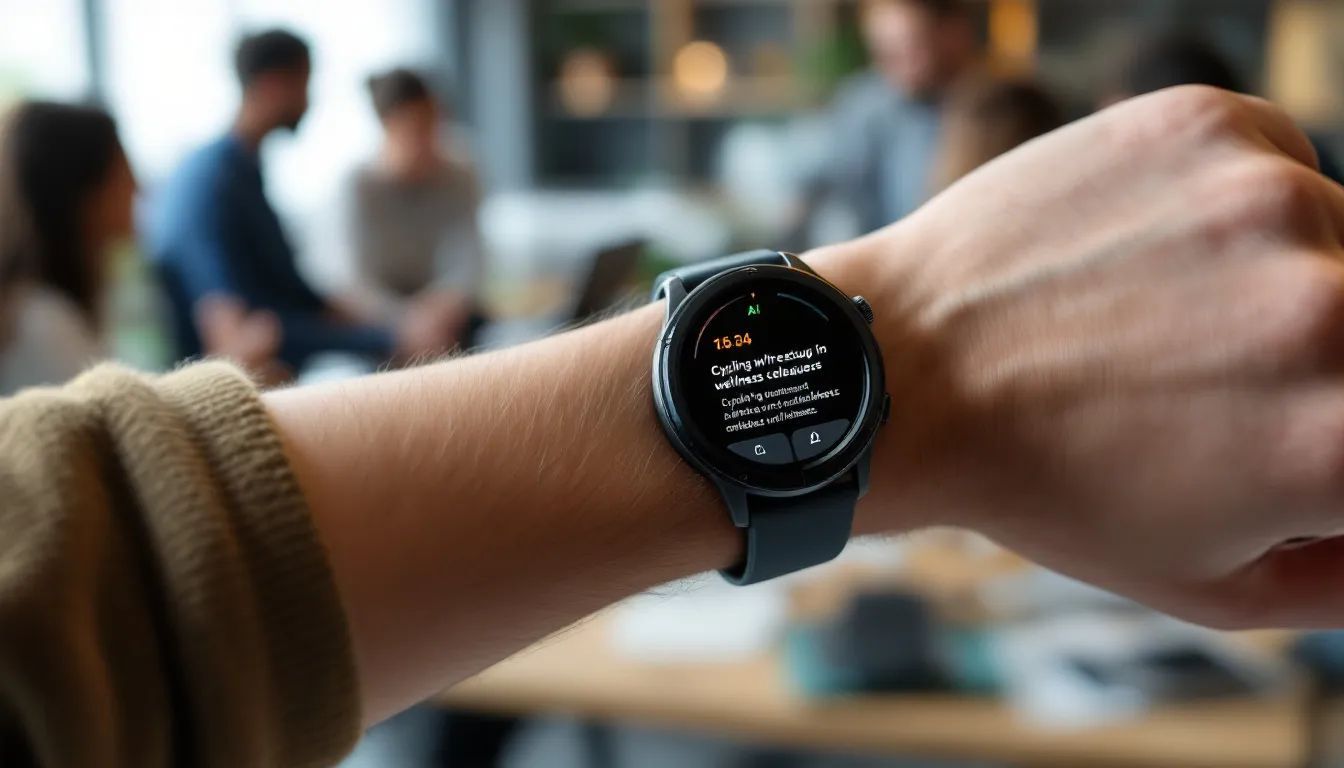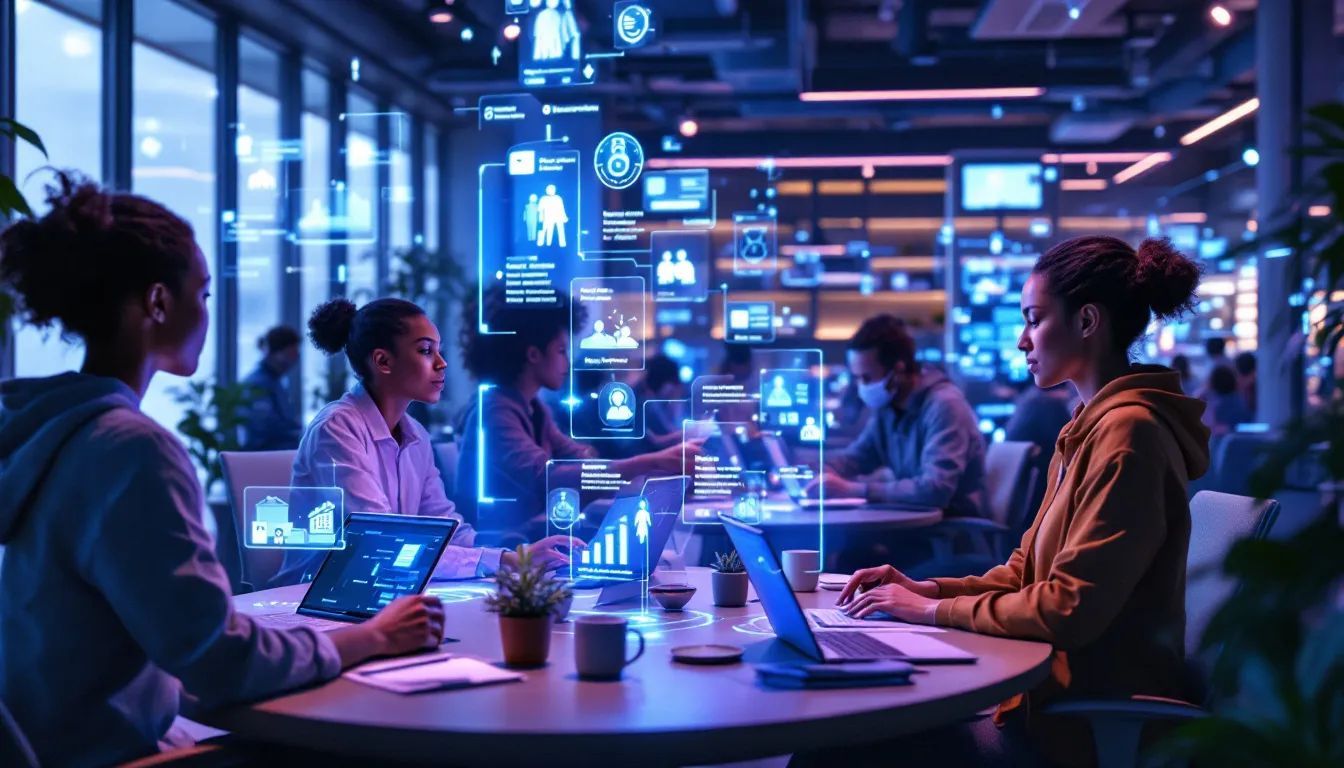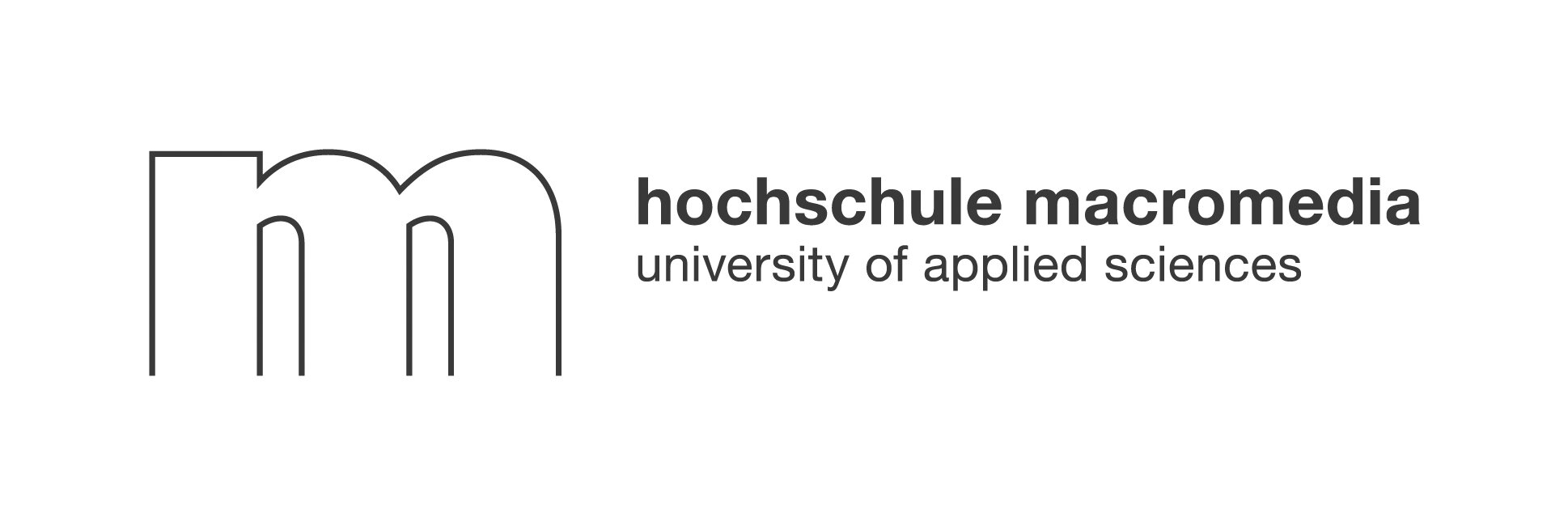Imagine a workplace where every employee benefit feels handpicked—where you effortlessly discover wellness activities, social meetups, or learning opportunities designed just for you. This is not a distant vision. It's the new reality, thanks to advances in artificial intelligence. As organizations compete for talent and strive to keep teams connected in hybrid environments, the question is no longer whether to personalize employee benefits, but how. This article explores how AI is transforming employee benefits:, revealing why traditional approaches fall short and how platforms like Neroia are setting a new standard for authentic, tech-enhanced employee perks.
1. The New Imperative: Why Benefits Need AI Now
Market forces driving change
The world of work is shifting at breakneck speed. Globalization, remote work, and a multigenerational workforce have made employee needs more diverse than ever. Employers are under pressure to offer benefits that not only attract but also retain talent in a competitive landscape. Traditional, one-size-fits-all programs—such as generic gym memberships or broad wellness stipends—often go unused or unnoticed.
Recent studies show that 71% of consumers expect personalized experiences, and workers are bringing these expectations to their jobs. In fact, employees whose workplace technology supports their productivity are over 150% more engaged and far more likely to stay with their company for the long term.
Rising employee expectations for consumer-grade experiences
Employees today want their workplace benefits to feel as intuitive and personal as their favorite streaming service. As Andy Biladeau of SHRM puts it:
"In the modern digital economy, we’re all used to personalized experiences... Contrast that experience with many workplaces where the experiences don’t feel designed with us in mind. Shouldn’t the place where we spend so much of our time and energy understand us better than any brand out there?"
The rise of hybrid and remote work has made it even harder for HR teams to create meaningful, connected experiences. Employees crave authentic engagement, not just another virtual happy hour or mass email. This is where AI-driven employee benefits step in, bridging the gap between organizational goals and individual needs.
2. How AI is Transforming Employee Benefits in 2025

From reactive plans to predictive, data-driven design
Traditional benefits plans react to broad trends or past usage. AI, however, enables a proactive, predictive approach. By analyzing anonymized data—such as employee interests, participation patterns, and even time preferences—AI platforms can forecast what types of benefits or activities will resonate most with different teams or individuals.
For example, rather than offering a generic fitness subsidy, an AI system might notice that a group of employees enjoys cycling and suggest a company-sponsored weekend ride. This shift from blanket offerings to personalized workplace engagement means higher participation, better outcomes, and a stronger sense of belonging.
Hyper-personalization that boosts enrollment and retention
Hyper-personalization is more than a buzzword. It's about tailoring every touchpoint—onboarding, benefits selection, even social events—to the individual. AI-driven platforms like Neroia use sophisticated algorithms to recommend micro-events (like yoga sessions or cultural outings) that align with each employee's interests and availability.
This level of customization boosts benefit enrollment and retention rates. Employees feel truly seen and valued, leading to higher satisfaction and loyalty. As Ted Sarandos of Netflix famously said:
"When you make something authentic that appeals to certain people in a certain place, it tends to appeal to a lot of other people in a lot of other places, too."
3. The Tech Stack Behind Smart Benefits
Machine learning, NLP and predictive analytics explained simply
At the heart of how AI is transforming employee benefits are a few core technologies:
- Machine Learning (ML): ML algorithms learn from employee behavior, preferences, and feedback, continually improving recommendations for benefits and activities.
- Natural Language Processing (NLP): NLP helps AI understand employee survey responses, emails, and chats, extracting sentiment and intent to refine offerings.
- Predictive Analytics: By spotting patterns in participation and interest, predictive analytics can forecast which benefits will be most valued in the future.
These tools work together to create a dynamic, responsive benefits ecosystem.
Role of wearables, chatbots and digital twins
Tech-enhanced employee perks go beyond software. Wearables (like fitness trackers) feed anonymized wellness data into AI systems, enabling proactive health interventions. Chatbots provide instant answers to benefits questions, guiding employees through choices 24/7. Digital twins—virtual models of employee groups—help HR teams test new benefit ideas in a risk-free environment.
Neroia’s platform, for instance, leverages chatbots to coordinate micro-events, matching coworkers for activities based on shared interests and schedules. This removes friction from planning and ensures every interaction feels effortless and relevant.
4. Real-World Use Cases Across the Benefits Spectrum
Healthcare cost control and early-risk detection
AI is transforming healthcare benefits by analyzing claims and wearable data to flag early signs of health risks. This allows for targeted wellness programs and preventive care, reducing costs and improving employee well-being. For example, predictive analytics can identify employees at risk for burnout or chronic illness and suggest timely interventions.
Mental-health chatbots and always-on wellness coaching
Mental health support is no longer limited to annual check-ins. AI-powered chatbots offer confidential, round-the-clock support, guiding employees to resources or connecting them with counselors. Always-on wellness coaching, tailored by AI, nudges employees toward healthier habits—whether that’s mindfulness sessions, walking meetups, or digital detox challenges.
Automated claims, fraud detection and compliance
AI streamlines benefits administration by automating claims processing, detecting anomalies that may indicate fraud, and ensuring compliance with regulations. This reduces administrative burden and errors, freeing HR teams to focus on strategic, people-centric initiatives.
5. Balancing Personalization with Privacy, Bias and Trust
Data governance essentials for HR teams
Personalization thrives on data, but trust is paramount. Employees need to know their information is secure and used ethically. Strong data governance policies are essential: anonymize data, limit access, and communicate clearly about how information is used.
Neroia, for instance, uses only anonymized data for HR analytics, maintaining a closed, secure community. This approach ensures that personalization empowers employees without crossing into surveillance.
Auditing algorithms to keep programs fair and inclusive
AI is only as unbiased as the data it learns from. Regular audits are needed to check for unintended bias in recommendations or access to benefits. HR teams should involve diverse stakeholders in reviewing AI-driven decisions and ensure transparency in how algorithms operate.
As Bill Bain, a communications leader, notes:
"Maintaining ethical standards in leveraging AI tools is imperative as teams navigate this transformative journey."
6. Implementation Roadmap for HR and Benefit Leaders
Step-by-step adoption timeline
Adopting AI-driven employee benefits doesn’t have to be overwhelming. Here’s a practical roadmap:
- Assess employee needs and expectations: Use surveys and data analysis to identify gaps.
- Select the right AI platform: Choose solutions that integrate with existing systems and prioritize privacy.
- Pilot with a small group: Test micro-events or personalized perks with a subset of employees.
- Gather feedback and refine: Use AI to analyze participation and satisfaction.
- Scale gradually: Expand successful programs organization-wide.
- Continuously monitor and improve: Regularly audit data use and employee sentiment.
Building cross-functional AI literacy
Success depends on cross-functional collaboration. HR, IT, and employee representatives should all understand the basics of AI and its impact on benefits. Offer training sessions, open forums, and clear documentation to build organization-wide AI literacy.
Measuring ROI and employee sentiment
Track metrics like participation rates, retention, and employee satisfaction. AI can also analyze sentiment from surveys and internal communications, highlighting areas for improvement. This data-driven approach ensures benefits continue to meet evolving needs.
"The more engaged employees are, the more open they are to using AI at work."
— Qualtrics 2024 Employee Experience Trends Report
7. Looking Ahead: Generative AI, Digital Humans and the Future of Work Benefits
Emerging trends to watch through 2030
As AI continues to evolve, several trends are set to redefine employee benefits:
- Generative AI: Creating new, personalized benefit experiences on demand, from custom wellness content to interactive learning modules.
- Digital humans: Virtual coaches or mentors, powered by AI, providing real-time support and guidance.
- Dynamic micro-events: AI orchestrates ever-changing, small-group experiences that adapt to shifting interests and hybrid work patterns.
- Integrated well-being ecosystems: Seamless connections between physical, mental, and social health benefits.
Action checklist to stay ahead
To future-proof your benefits strategy, HR leaders should:
- Embrace AI-driven personalization while protecting privacy.
- Foster a culture of experimentation—pilot new tech-enhanced employee perks regularly.
- Invest in employee education about AI and its benefits.
- Prioritize inclusivity and fairness in all AI-driven programs.
- Partner with platforms that align with your values, like Neroia, to ensure benefits truly resonate.
Vision Alignment: Neroia and the Future of Employee Benefits
Traditional company-organized benefits often struggle to engage today’s workforce. Generic offerings lack relevance, and hybrid work can leave employees feeling disconnected. Neroia’s vision is to revolutionize workplace culture by making benefits truly personal and meaningful through AI-driven employee benefits.
By harnessing AI, Neroia orchestrates micro-events—think yoga sessions, cycling meetups, or cultural exchanges—tailored to each employee’s interests and schedules. The platform’s chat-powered coordination removes planning friction, allowing authentic, organic connections to flourish. In pilot programs, such as company yoga and group runs, Neroia’s approach has already shown how AI can break down silos, boost well-being, and foster real engagement—even in remote or hybrid settings.
Neroia’s commitment is simple: replace standardized, underused perks with dynamic, AI-personalized interactions that make every employee feel seen, valued, and connected.
Conclusion
The era of one-size-fits-all benefits is ending. AI is transforming employee benefits is no longer a promise—it's a reality shaping the most innovative workplaces. By leveraging AI, companies can deliver tech-enhanced employee perks that foster genuine engagement, well-being, and productivity.
For organizations seeking to lead in this new landscape, partnering with solution-driven platforms like Neroia is the smartest way forward. The future of employee benefits is personal, dynamic, and powered by AI—are you ready to embrace it?




